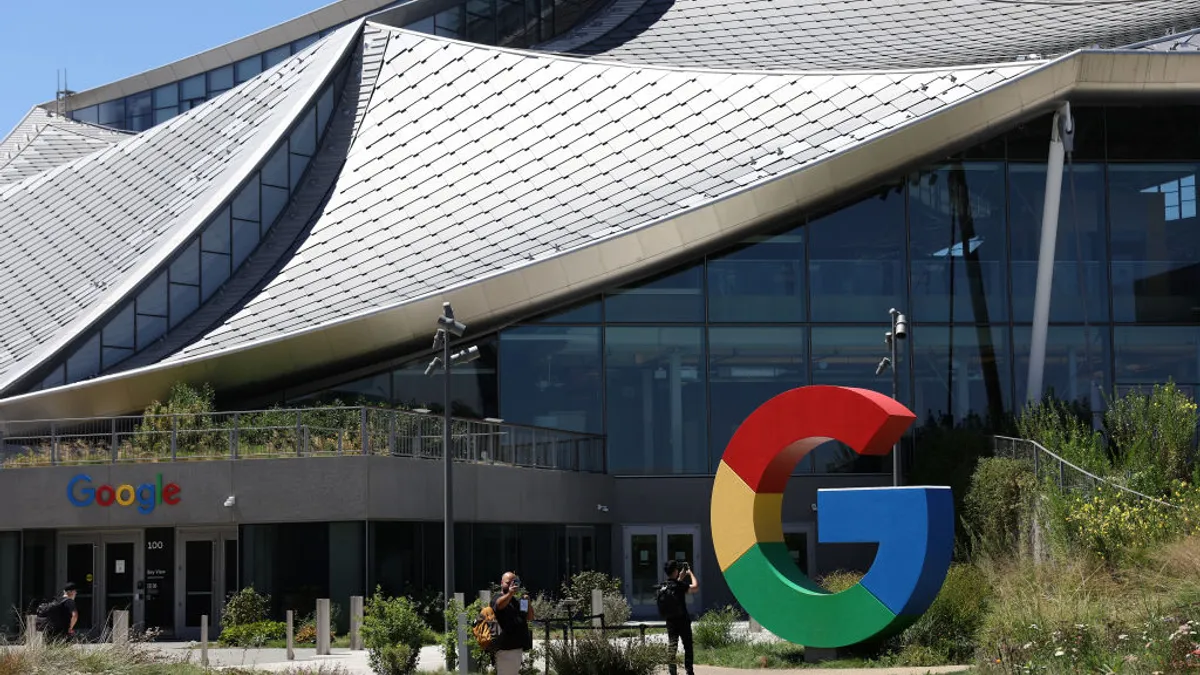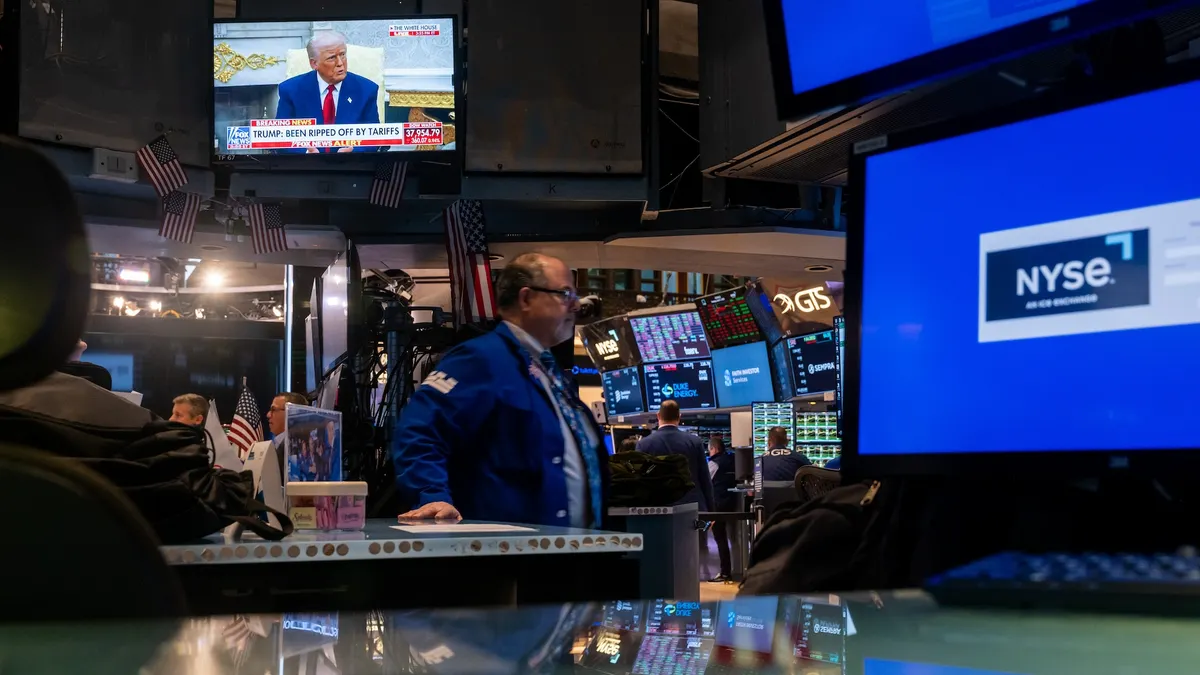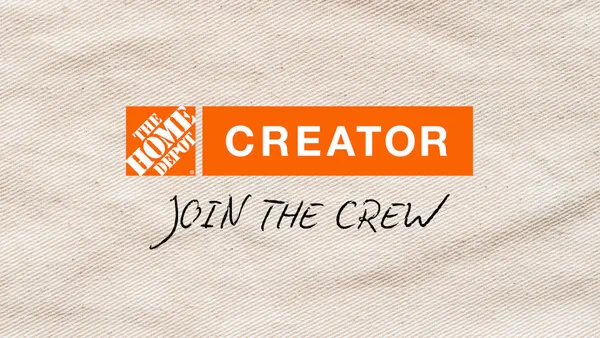Dive Brief:
- Pampers, the disposable diapers from Procter & Gamble that rank as the one of the world's most valuable brands, replaced its old mobile app with a new one that now offers loyalty rewards. Consumers earns points every time they buy Pampers products, including diapers, training pants and wipes. The points can be redeemed for product coupons, discount codes, personalized gifts, magazine subscriptions, baby toys, charity donations and prizes, according to a statement by the company.
- The rewards app is available for Android and iOS users in the U.S. and Canada. After registering the app or logging in with an existing Pampers account, consumers can then use their smartphones to scan special codes inside packs of the brand's products to collect points. New members will get 100 bonus points for joining and another 50 when they scan their first code.
- The Pampers Rewards Catalog will be available in the app in the next few weeks, according to the statement. Procter & Gamble will release a French-language version of the app for the Canadian market in the fall.
Dive Insight:
Trying to build and maintain brand loyalty with its Pampers Rewards program is one way that Procter & Gamble aims to keep its dominant position as the No. 1 diaper brand while many retailers demand cost cuts. Adapting to mobile is a crucial step in pushing loyalty programs beyond the four walls of stores. Membership in these programs has increased since last year at 64% of brands, and the addition of mobile functionality is the biggest contributor to the increase, according to a survey by 3Cinteractive. Pampers understands this shift to mobile and is streamlining its app to integrate loyalty rewards as a result. If cultivated properly, its customers will likely provide a steady stream of revenue while saving a few dollars and boosting brand loyalty in the process.
Procter & Gamble is among the packaged goods giants that are facing increasing pressure from retailers to cut prices, change packaging and compete with private-label brands. That pressure will likely grow as discounters like Walmart face off against the growing threat from Amazon, which this month agreed to buy Whole Foods Market for $13.7 billion.
Meanwhile, European discount chains Aldi and Lidl are pushing into the U.S. market with low prices, smaller selections and mostly their own brands. Aldi plans to have 2,500 stores in the U.S. by the end of 2022, while Lidl opened its first this week, according to The Wall Street Journal. These no-frills stores typically have fewer aisles than major U.S. supermarkets. They also stock products on the shelves in cardboard boxes right off the truck. Consumers are generally drawn to these stores for lower prices and quicker shopping trips, something Procter & Gamble brands are beginning to address.











